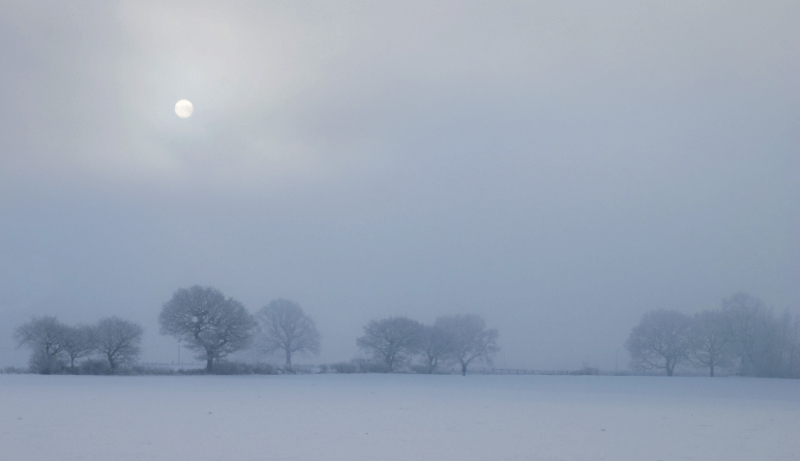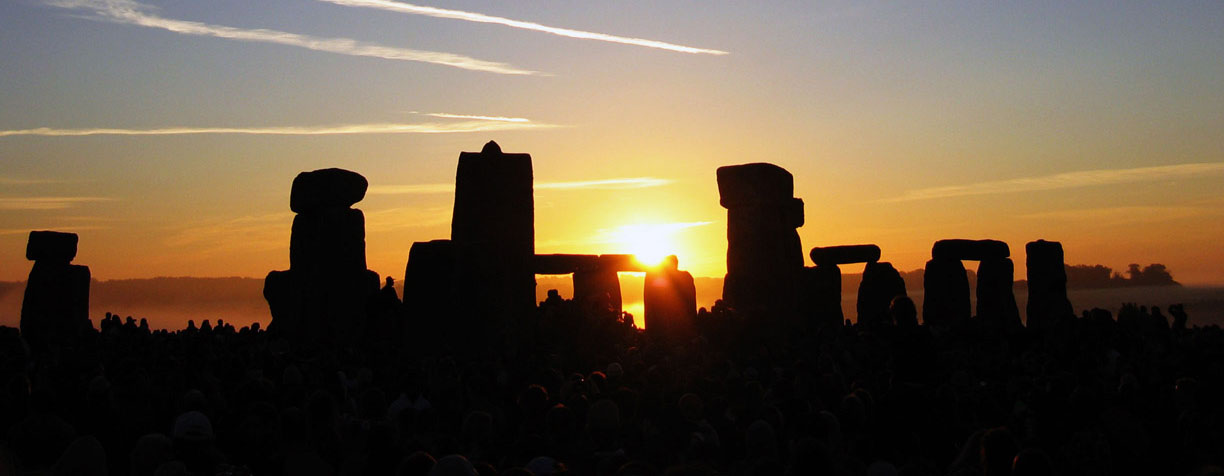The Winter Solstice is the longest night of the year. It ushers in a time of cold and darkness.
For young civilizations, it was a time when if you hadn’t spent the year preparing adequately for the future, then before spring returned, you would run out of food and die. If you hadn’t striven to use your tribe’s collective wisdom, to work hard beyond what was necessary for immediate gratification… if you hadn’t harnessed the physical and mental tools that humans have but that few other animals do… then the universe, unflinchingly neutral, would destroy you without a thought. And even if you did do these things, it might kill you anyway. Fairness is not built into the equations of the cosmos.

But it wasn’t just the threat of death that inspired the first winter holidays. It was that sense of unfairness, coupled with the desperate hope that world couldn’t really be that unfair. It wouldn’t have occurred to the first squirrels that stored food for winter, but it gradually dawned upon ancient hominids, as their capacity for abstract reasoning developed, alongside their desire to throw parties.
Our tendency is to anthropomorphize. Today, we angrily yell at our cars and computers when they fail us. Rationally we know they are unthinking hulks of metal, but we still ascribe malevolence when the real culprit is a broken, unsentient machine.
There are plausible reasons for humans to have evolved this trait. One of the most complicated tasks a human has to do is predict the actions of other humans. We need to be able to make allies, to identify deceptive enemies, to please lovers. I’m not an evolutionary psychologist and I should be careful when telling this sort of Just-So story, but I can easily imagine selection pressures that resulted in a powerful ability to draw conclusions about sentient creatures similar to ourselves.
And then, there was NOT a whole lot of pressure to NOT use this tool to predict, say, the weather. Many natural forces are just too complex for humans to be good at predicting. The rain would come, or it wouldn’t, regardless of whether we ascribed it to gods or “emergent complexity.” So we told stories about gods, with human motivations, and we honestly believed them because there was nothing better.
And then, we had the solstice.
The world was dark and cold. The sun was retreating, leaving us only with the pale moon and stars that lay unimaginably far away. There was the encroaching threat of death, and just as powerfully, there was the threat that sentient cosmic forces that held supreme power over our world were turning their backs on us. And the best we could hope for was to throw a celebration in their honor and pray that they wouldn’t be angry forever, that the sun would return and the world would be reborn.
And regardless, take a moment to be glad for having worked hard the previous year, so that we had meat stored up and wine that had finished fermenting.
But as ages passed, people noticed something interesting: there was a pattern to the gods getting angry. Weather may be complex and nigh-unpredictable. But the movements of the heavens… they follow rules simple enough for human minds to understand, if only you take the time to look.
We had a question. “When will the sun retreat, and when will it return?”
When you really care about knowing the answer, you can’t make something up. When you need to plan your harvest and prepare for winter so that your family doesn’t starve, you can’t just say “Oh, God will stop getting angry in a few months.”
If you want real knowledge, that you can apply to make your world better…
Then you need to do science. Astronomy was born.
I want to give you some perspective on how much we cared about this. Stonehenge is an ancient archaeological wonder. To the best of our knowledge, it began as a burial site around 3000 BCE. Over the next thousand years, it was gradually built, in major phases of activity every few hundred years. Between 2600 and 2400 BCE, there was a surge of construction. Huge stones were carted over huge distances, to create a monument that’s lasted five thousand years.

Photo of Stonehenge by Andrew Dunn
30 sarsen stones. Each of them was at least 25 tons. They were carried 25 miles.
80 bluestones. Four tons each. Carried over 150 miles.
In this era, the height of locomotive technology was “throw it on a pile of logs and roll it.”
We don’t know exactly how they did all this. We don’t know all the reasons why. But we know at least one: The megaliths at Stonehenge are arranged, very specifically, to predict the Solstice – to the moment of sunset.
30 stones, each 25 tons, carried over 25 miles. 80 stones, each four tons, each carried over 150 miles.
200 years of that.
That’s how much we cared about the answer to our first astronomy question.
Fundraising for the NYC Solstice is currently at 33%, with $2045 raised out of $6000. If you’re interested in coming or supporting it, tickets and donations are available on the eventbrite page. Not sure if you can come, but would like to stay updated on songs and announcements? The facebook event is available here.